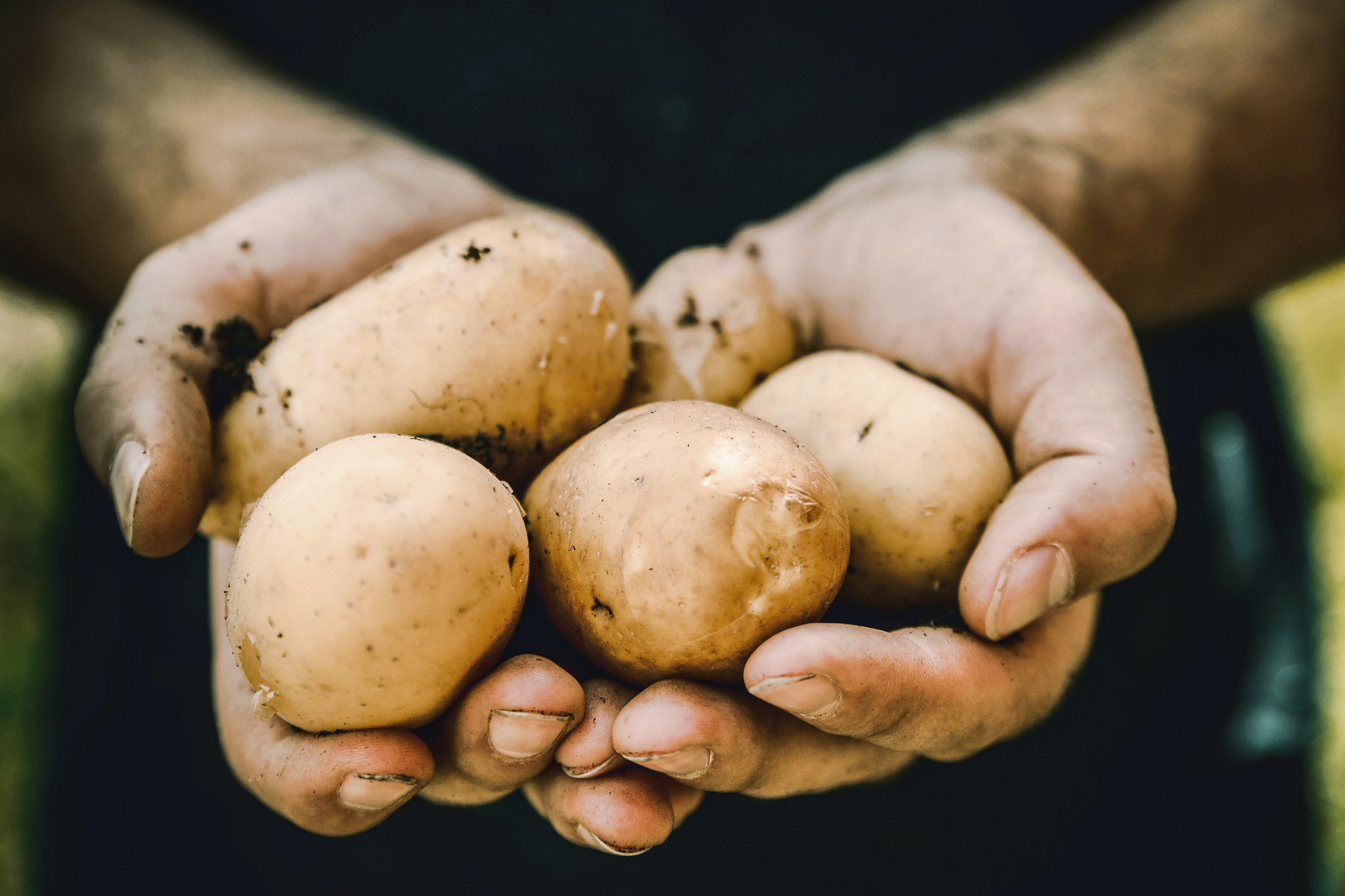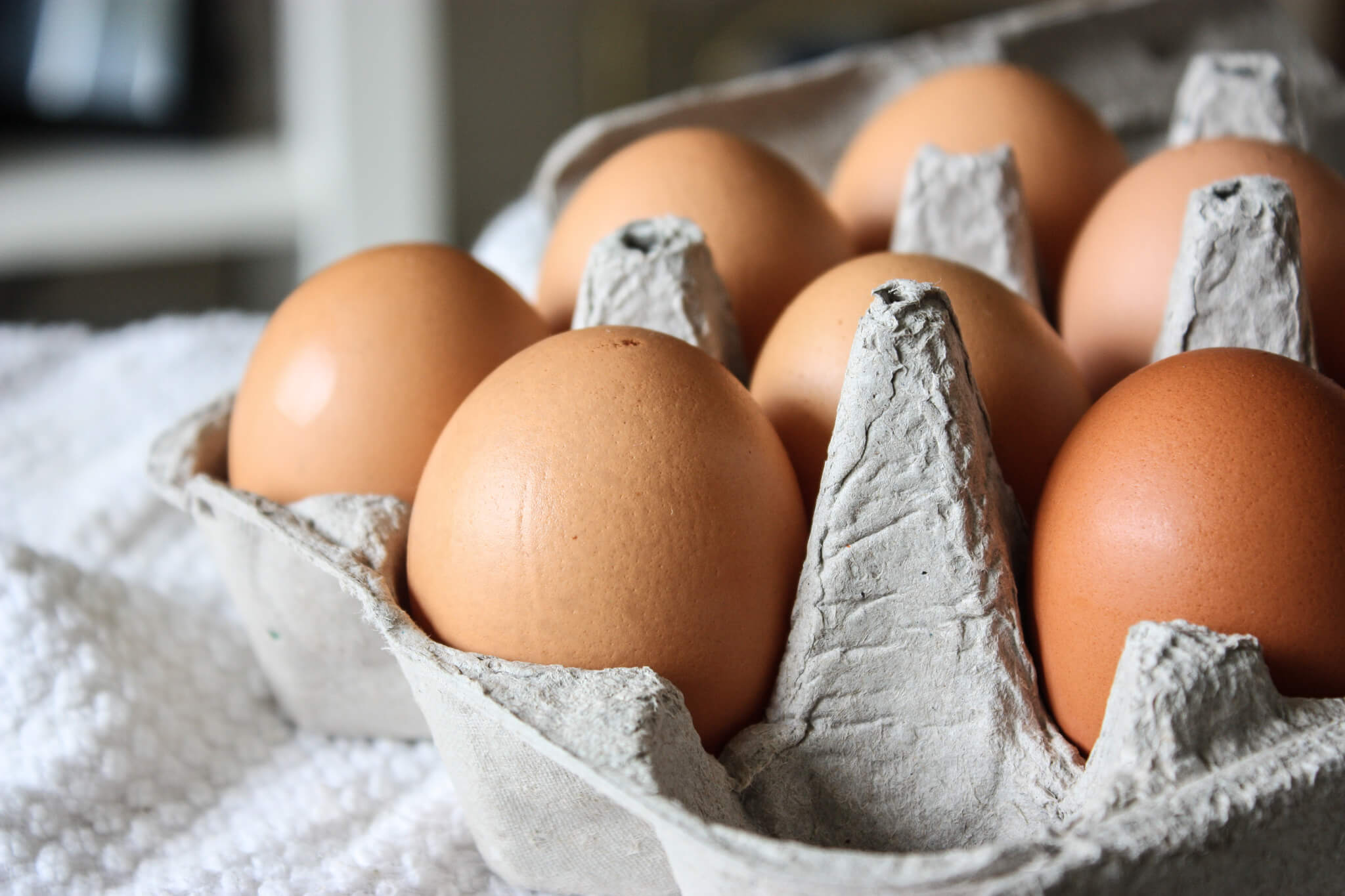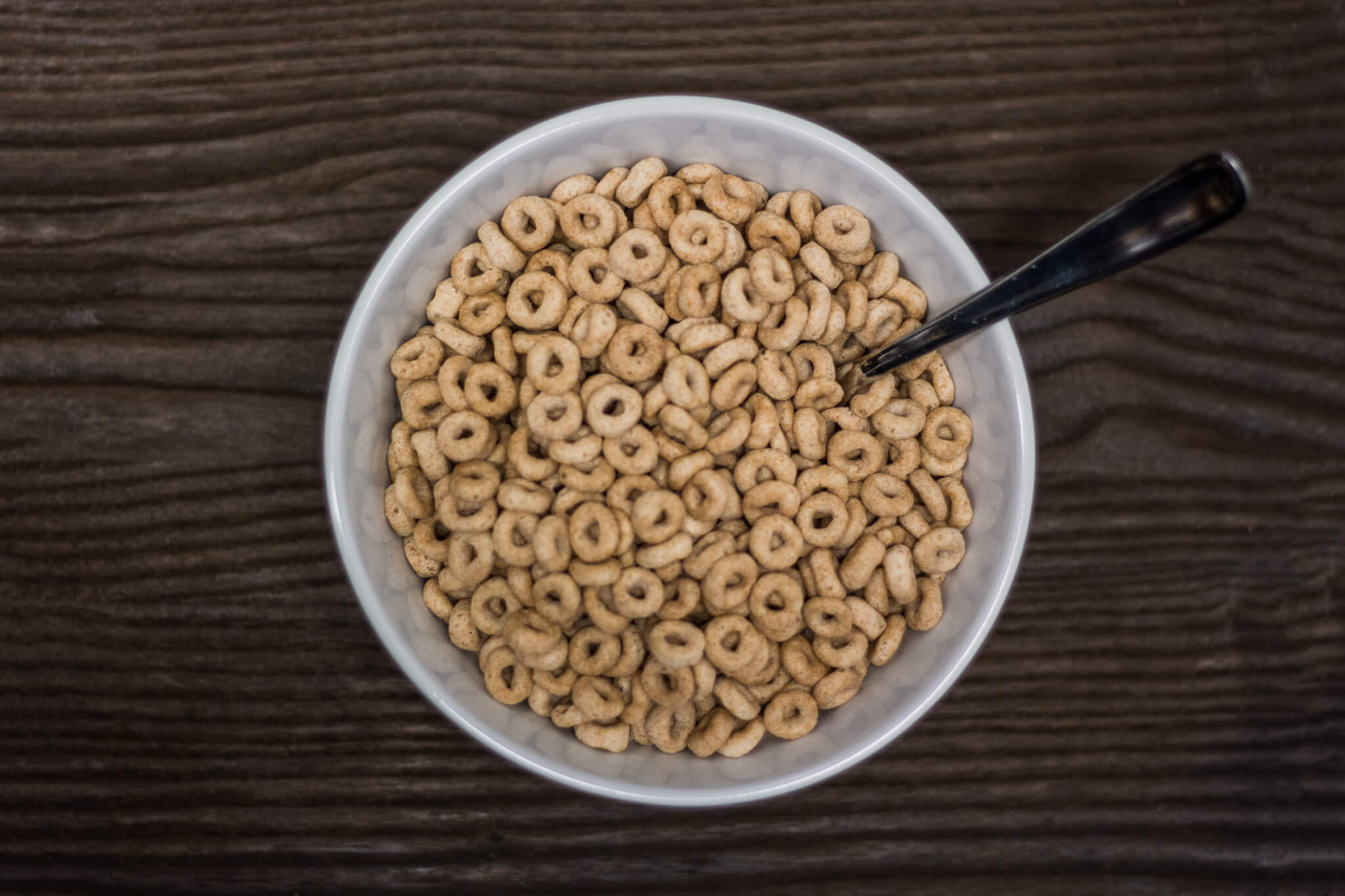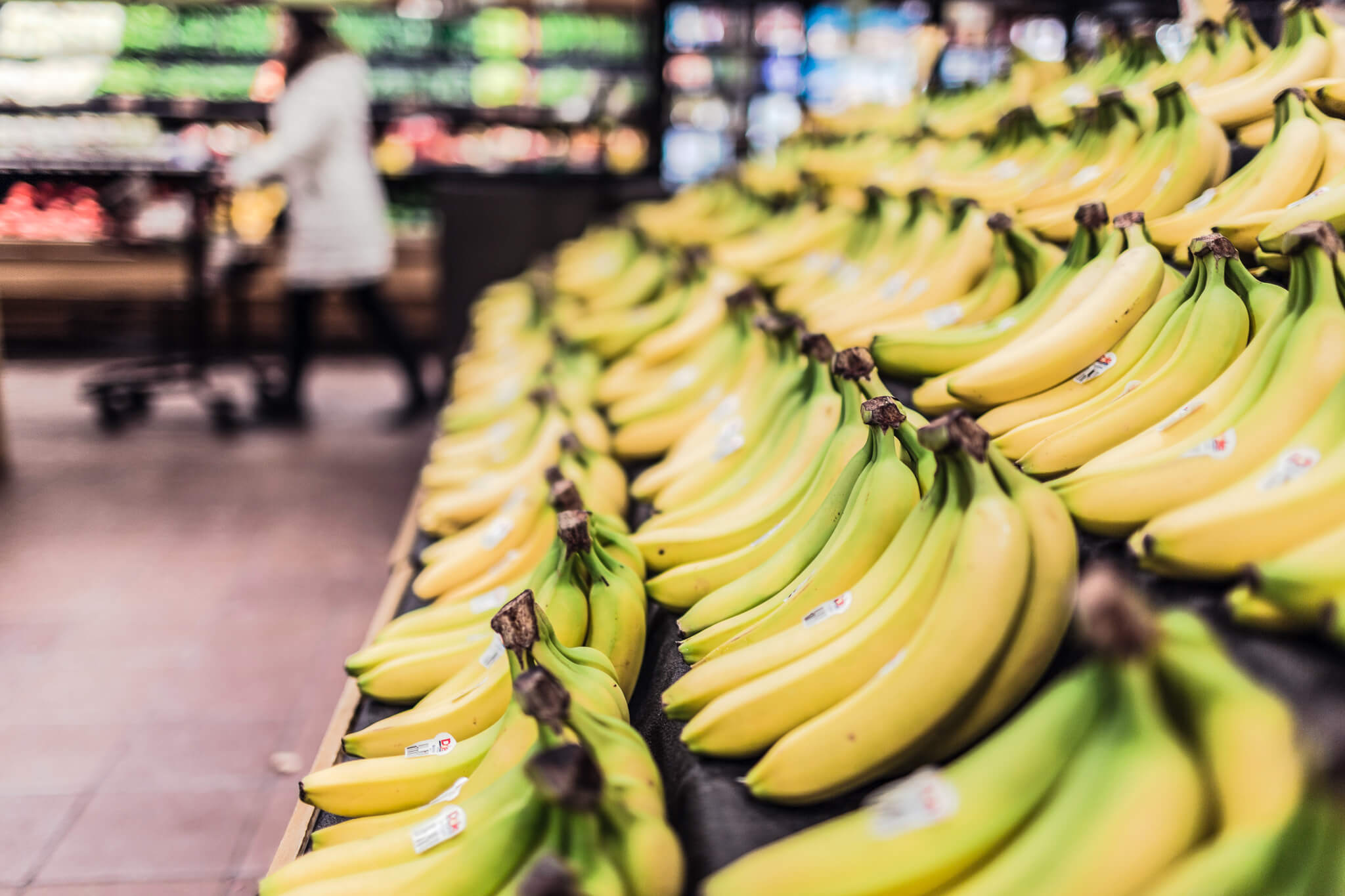Recently, I saw a celebrity giving an interview and their diet came up in conversation. Celebrities, in general, have a very different lifestyle than the average consumer, so I don’t tend to put much stock into what they say about food. However, when they use incorrect terminology or perpetuate false ideas, I take note. This particular one was making a comment about healthy eating and said that all “processed food” must be avoided and that his diet included a lot of chicken and broccoli.
Unless this man has been eating whole chickens – feathers and all – he’s been eating processed food.
We tend to think of packaged snack foods, and the like, as processed food. Yes, that kind of food absolutely is processed. But so are fresh potatoes, bags of frozen broccoli, and bundles of green onions.
What is food processing?
The USDA defines processed food as any raw agricultural commodity that has been subject to washing, cleaning, milling, cutting, chopping, heating, pasteurizing, blanching, cooking, canning, freezing, drying, dehydrating, mixing, packaging or other procedures that alter the food from its natural state. This may include the addition of other ingredients to the food, such as preservatives, flavors, nutrients and other food additives or substances approved for use in food products, such as salt, sugars and fats.
In short, if anything at all has been done to food between the field and your plate, it’s been processed. This means we can’t just say “Processed food is bad for you.” We also can’t boldy proclaim that processed food is good for you. As always, context and more information are needed to determine if a food is “good” for you.
Food processing exists on a continuum
A continuum is defined as “a continuous sequence in which adjacent elements are not perceptibly different from each other, although the extremes are quite distinct.” If a list starts with washed potatoes and ends with a Hungry Man frozen tv dinner, you can see that there is a vast difference between the two, but they are both on the same “processed foods” list.
Because people have different ideas of what processed food means and because that continuum is pretty crazy, some good folks in Brazil created the NOVA Classification System to break processed foods up into categories that are more understandable. The World Health Organization, the Food and Agriculture Organization, and the Pan American Health Organization recognize this system and use it for classification and study.
NOVA uses four categories to define the different parts of the processing spectrum: unprocessed or minimally processed, processed culinary ingredients, processed foods, and ultra-processed foods.
Here’s what each of those mean:
Group 1: Unprocessed or minimally processed
These are foods like fresh or frozen fruits and vegetables, liquid or powdered milk, fresh or dried herbs, flour, nuts (as long as they haven’t had sugar or salt added), animal meat – whole or in cuts, grains, and other foods in their very “whole” form, but made edible.
Unprocessed: Edible parts of plants (fruit, seeds, leaves, stems, roots, tubers) or animals (muscle, fat, offal, eggs, milk), and also fungi, algae, all after separation from nature.
Minimally: Unprocessed foods altered by industrial processes such as removal of inedible or unwanted parts, drying, powdering, squeezing, crushing, grinding, fractioning, steaming, poaching, boiling, roasting, and pasteurization, chilling, freezing, placing in containers, vacuum packaging, non-alcoholic fermentation, and other methods that do not add salt, sugar, oils or fats or other food substances to the original food.
Group 2: Processed Culinary Ingredients
This category includes oils (from crushed seeds, nuts, or fruit), butter, sugar, salt, and honey.
Substances obtained directly from group 1 foods or from nature by industrial processes such as pressing, centrifuging, refining, extracting or mining. Used to prepare, season and cook group 1 foods. May contain additives that prolong product duration, protect original properties or prevent proliferation of microorganisms.
Group 3: Processed Foods
Here you’ll find canned veggies and legumes in brine, fruit in syrup, canned fish, salted or sugared nuts, and fresh/unpackaged breads and cheeses.
Products made by adding salt, oil, sugar or other group 2 ingredients to group 1 foods, using preservation methods such as canning and bottling, and, in the case of breads and cheeses, using nonalcoholic fermentation.
Processes and ingredients here are designed to increase the durability of group 1 foods and make them more enjoyable by modifying or enhancing their sensory qualities. They may contain additives that prolong product duration, protect original properties, or prevent proliferation of microorganisms.
Group 4: Ultra-Processed Foods
Basically this is everything we typically think of as processed food. Ready-to-eat meals, soda, candy, margarine and other spreads, lunch meat, instant soup, etc.
This category also includes infant formula.
Formulations of ingredients, mostly of exclusive industrial use, made by a series of industrial processes…Processes used to make ultra-processed foods include the fractioning of whole foods into substances, chemical modifications of these substances, assembly of unmodified and modified food substances using industrial techniques such as extrusion, moulding and pre-frying; use of additives at various stages of manufacture whose functions include making the final product palatable or hyper-palatable; and sophisticated packaging, usually with plastic and other synthetic materials.
All of these definitions and descriptions on the right side are taken directly from this FAO document.
This information essentially tells us we can’t hate on all processed foods or we’d be hating on all foods
It also tells us that we can’t even hate on all the foods in the “ultra-processed” category, since infant formula falls there and is an incredibly important product.
The Harvard Nutrition Source brings up how important some additives and processing have been throughout history to prevent deficiencies and health issues. Milk has been fortified with vitamin D to prevent rickets, flour has been fortified with folic acid to prevent birth defects, and iodine has been added to salt to prevent goiter. Many of these have seriously helped vulnerable populations and have been advancements in the public health space.
However, we also can’t discount the lack of healthful benefits that some ultra-processed foods have. Many of them have their negative connotation for a reason. A diet full of potato chips, candy bars, soda, and other foods like that provides many calories, few nutrients, vast amounts of sugar, and can lead to poor health.
All that to say
Let’s use our words carefully (in all situations, food-related and otherwise). Saying processed food is bad or unhealthy is similar to saying natural is always good and healthy. Without context of what the food is or what the ingredients are, a judgment of health and safety cannot be made.
So read your ingredient lists, know your definitions, and consult scientific sources when making your food decisions. And don’t listen to the dietary advice of celebrities who live in a completely alternate reality.
Leave a Reply
Previous Post
Next Post
Food companies often use fear and misconceptions to market their product. Enter your email below and you'll have 5 ways to beat them at their sneaky game.
5 Food Label Secrets to Save Big $$$ at the Grocery Store
oh, yes please
FREE DOWNLOAD
The Olive Branch
Offering first-hand perspective on farming and our food supply
Home
About
consulting
resources
Contact
the blog
Follow along on Instagram
@theolivebranch_j
The olive branch 2024 | design by tonic
ag Tours






I think in general it’s a problem that we listen to celebrity voices so much… but we really can’t compare our (financial/meal planning) situations to them. I have mixed feelings on infant formula being classified as “ultra-processed”. There is already a lot of shaming toward families that use formula but this is often a necessary choice. We were fortunate to mostly rely on breast milk but it was eventually necessary to supplement with some formula. This was what our daughter needed.
I sure would get tired of chicken and broccoli. I am so glad we have so much beautiful and bountiful food to choose from.
A good question to ask when purchasing food would be why has this been processed? Is it to make it edible, to make it healthier, to make it convenient, or even to make it less expensive. And how will this processing effect my health and the health of my family and my budget?
I would never have considered infant formula in the ultra processed category. In my mind ultra processed is less essential. Infant formula was essential for my children’s health also.